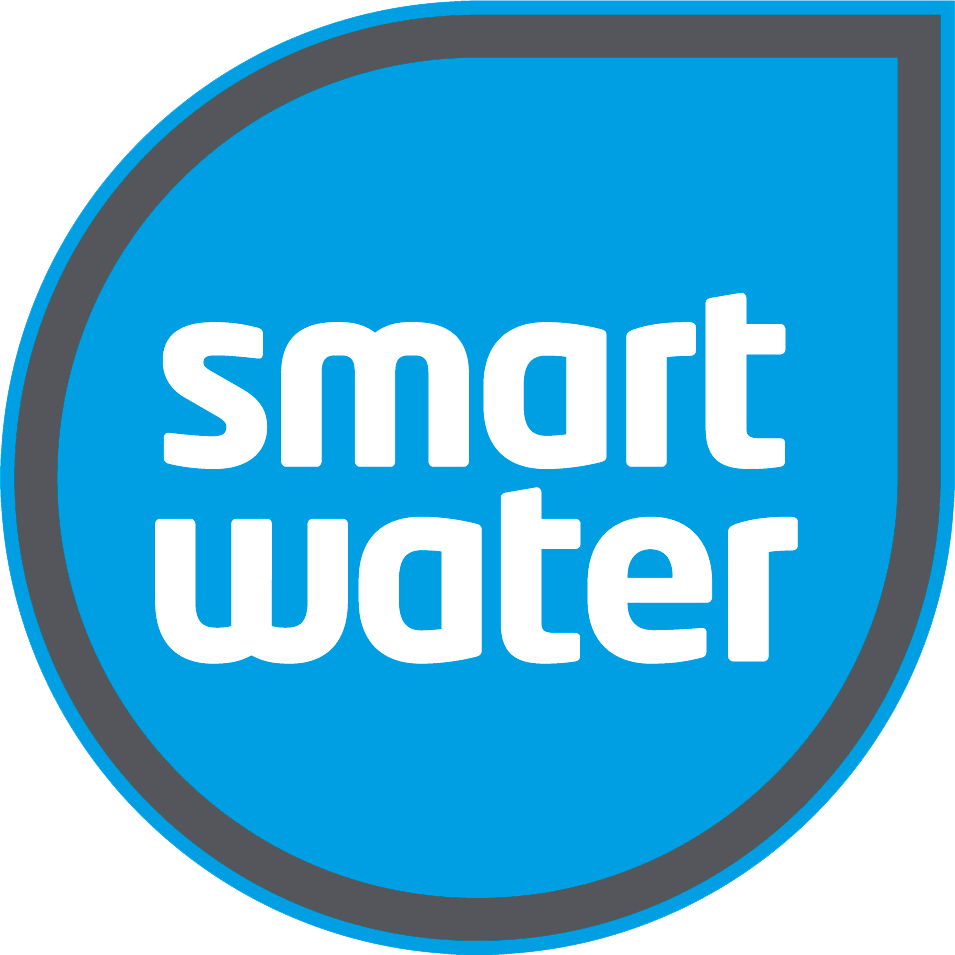 Shopping Cart
Shopping Cart
26 May 2023
Trends in water tank level sensor technology

Enhancing Water Management through IoT Integration, Real-Time Data Analysis, and Predictive Maintenance
Water scarcity and efficient water management have become critical global challenges in recent years. With the aim of addressing these issues, advancements in water tank level sensor technology have gained significant attention. This blog post explores the latest trends in water tank level sensor technology, focusing on three key areas: IoT integration, real-time data analysis, and predictive maintenance. By incorporating these technologies into water management systems, we can improve resource allocation, optimize operational efficiency, and enhance overall water conservation efforts.
At Smart Water, we are leading the way in all three areas and our water tank level sensors deploy next-generation cloud-based technology alongside innovative design to deliver award-winning, market-leading products. Whilst we are based in New Zealand, we distribute throughout the world including key markets in the US, the UK and Australia.
You can find out more about our product range and read our FAQs for more information. Below, however, we talk about the latest trends in water tank level sensor technology and how this can future-proof you and your water supply for years to come.
1. IoT Integration in Water Tank Level Sensors
The integration of Internet of Things (IoT) technology has revolutionised the capabilities of water tank level sensors. IoT integration allows sensors to connect and communicate with each other, as well as with central control systems, through wireless networks. This connectivity provides several advantages:
a) Remote Monitoring and Control: IoT-enabled water tank level sensors enable real-time remote monitoring and control of water levels. This feature allows operators to monitor multiple tanks simultaneously, eliminating the need for manual inspections and reducing human error. Moreover, remote control capabilities facilitate automated responses, such as opening or closing valves based on predefined thresholds, ensuring optimal water usage.
b) Data Collection and Analysis: IoT integration enables the collection and analysis of vast amounts of data from water tank level sensors. This data can be used to identify usage patterns, detect leaks or abnormalities, and make informed decisions regarding water management strategies. Machine learning algorithms can analyse historical data to predict future water demand, optimise distribution, and reduce wastage.
c) Integration with Smart Grids: Water tank level sensors integrated with IoT technology can collaborate with smart grid systems. By exchanging data with power grids, water management systems can optimise energy consumption, reduce costs, and enhance sustainability. For instance, sensors can prioritise pumping operations during off-peak hours when electricity demand is lower, thus reducing energy consumption.
Domestically, IoT integration in water tank level sensors allows you to do many of the same things that are possible at a commercial or even civil level including remote monitoring, data collection and analysis, and the monitoring of multiple tanks on the same system.
Smart Water’s tank level sensor system can monitor up to 12 tanks from one LCD keypad, WiFi Gateway or the app.
2. Real-Time Data Analysis for Water Management
Real-time data analysis plays a vital role in enhancing water management by providing valuable insights for decision-making. Water tank level sensors equipped with advanced analytics capabilities offer the following benefits:
a) Leak Detection and Early Warning Systems: Real-time data analysis enables the detection of leaks and abnormalities in water tanks. By continuously monitoring water levels and flow rates, these sensors can detect sudden drops or unusual patterns, triggering alarms or notifications for prompt action. Early detection of leaks helps minimise water loss and prevent potential damage to infrastructure.
b) Demand Forecasting and Resource Allocation: By analysing historical data and real-time usage patterns, water tank level sensors can accurately forecast water demand. This information allows water utilities to optimise resource allocation, ensuring sufficient supply during peak periods and reducing waste during low-demand periods. Such forecasting improves operational efficiency and reduces costs associated with overuse or underutilisation.
c) Water Conservation Initiatives: Real-time data analysis empowers water management authorities to implement targeted water conservation initiatives. By monitoring water consumption patterns, authorities can identify high-usage areas or detect inefficient water usage practices. This insight enables the development of educational campaigns, personalised feedback, and incentives to promote water conservation behaviours among consumers.
Again, if you are thinking about installing a water tank level sensor on a domestic water tank, you can benefit from real-time data analysis which can help you to identify leaks or certain trends, such as high usage at certain times of the year which you can account for and prepare for.
Demand forecasting is also a feature of Smart Water’s tank level monitoring system. Smart Water will start calculating and learning your water usage and trends from the moment it is installed. The longer the system is running the more intuitive, accurate and “smart” the system will become.
After a couple of weeks, system performance will be very good and provide accurate indications of days to empty and average usage. This will also provide for system-generated warnings such as “Low Days Remaining” and “Abnormal Usage”.
3. Predictive Maintenance for Water Tank Level Sensors
Predictive maintenance techniques have emerged as a valuable tool in water tank level sensor technology, ensuring optimal performance and minimising downtime. The key advantages of predictive maintenance include:
a) Condition Monitoring and Fault Prediction: By continuously monitoring sensor performance and analysing data trends, predictive maintenance algorithms can identify potential faults or malfunctions before they occur. This proactive approach allows maintenance teams to schedule repairs or replacements during planned downtime, avoiding costly emergency repairs and minimising system disruptions.
b) Extend Sensor Lifespan: Regular monitoring and timely maintenance can significantly extend the lifespan of water tank level sensors. By addressing minor issues promptly, such as sensor calibration or cleaning, predictive maintenance ensures the sensors operate at their optimal capacity. This extended lifespan reduces the need for frequent sensor replacements, leading to cost savings for water management authorities.
c) Improved Operational Efficiency: Predictive maintenance optimises the performance of water tank level sensors, resulting in improved operational efficiency. By addressing potential issues in advance, maintenance teams can prevent sensor failures and downtime, ensuring uninterrupted data collection and reliable monitoring. This efficiency translates into better decision-making, timely responses to water management needs, and enhanced overall system performance.
d) Cost Reduction: Predictive maintenance strategies help reduce maintenance costs associated with water tank level sensors. By avoiding emergency repairs and minimising system downtime, authorities can allocate maintenance resources more efficiently, resulting in cost savings. Additionally, predictive maintenance enables the optimisation of spare parts inventory by identifying specific components that require replacement in advance.
Summary
The trends in water tank level sensor technology, including IoT integration, real-time data analysis, and predictive maintenance, have transformed water management practices. By leveraging these advancements, water management authorities can make informed decisions, optimise resource allocation, and enhance water conservation efforts.
As water scarcity continues to be a pressing global concern, embracing these advancements in water tank level sensor technology can play a pivotal role in promoting sustainable water management practices and securing this vital resource for future generations.
Whether you are looking to install a water tank level sensor domestically, commercially or at the civil level, there are many benefits that can save you money, as well as help you to conserve water.
New technologies make monitoring your water tank level simple and it can be done remotely. This is ideal for those with holiday homes or rental properties that rely on tank water rather than mains water. The ability to monitor your water tank levels without having to carry out a property inspection means you can keep on top of water demand and plan ahead in periods of water shortage if a top-up is required.
If you are interested in learning more about water tank level sensor technology, talk to the team at Smart Water today.
